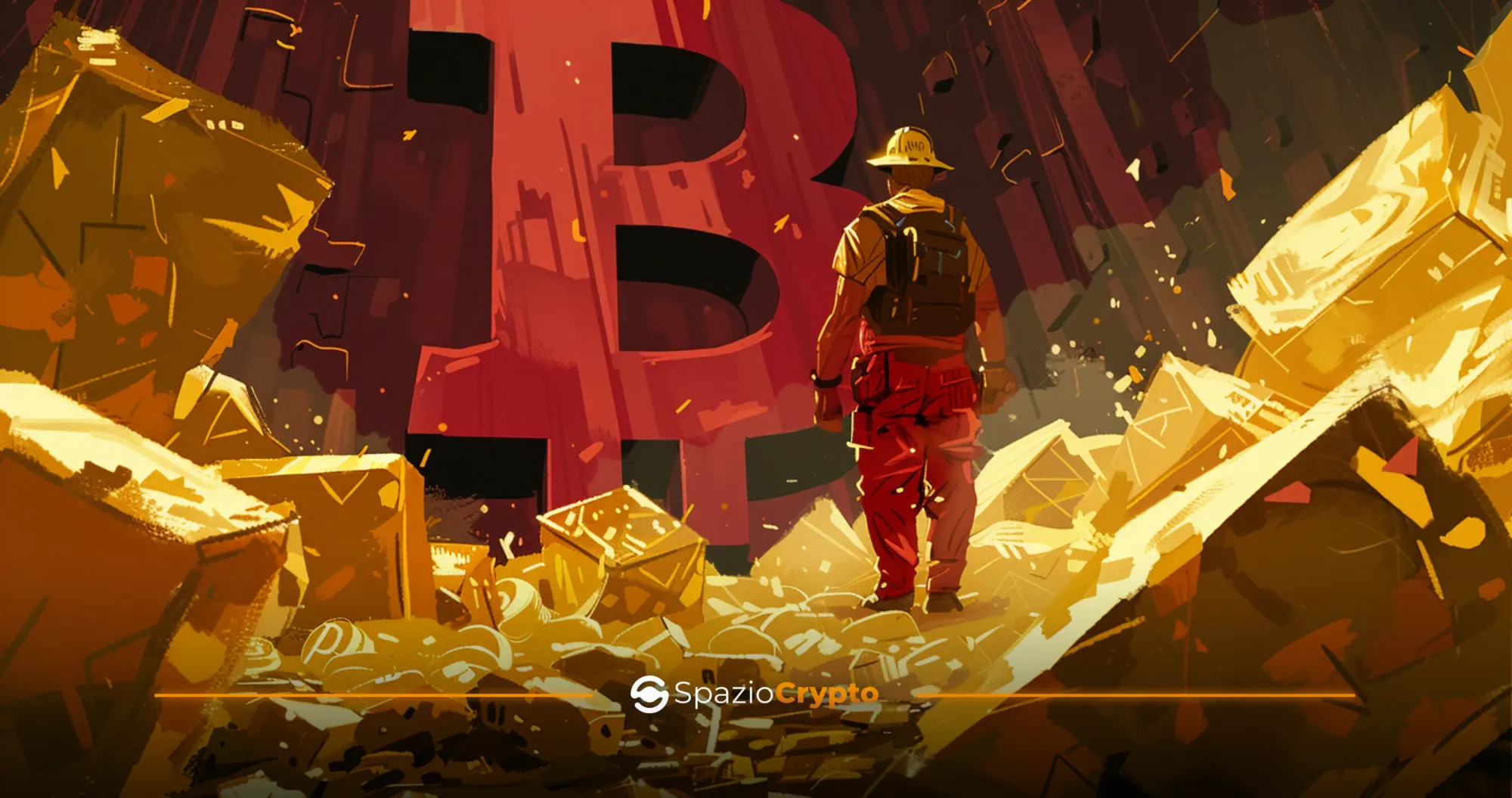After the fourth halving of Bitcoin, inevitably, mining companies began shutting down and taking offline machines that were no longer profitable. As a result, there was a noteworthy drop in the hash rate of the Bitcoin network to 575 exahash per second (EH/s) on 10 May, which was followed by a rise that is slowly continuing these days to 586 EH/s at the time of writing.
What is the Hash Rate?
After reading the introduction, some readers may legitimately wonder what we are talking about. Well the hash rate, for a miner, is a key security metric, one of the most important. It reports the value of the hashing power (let's call it calculation power, for the sake of clarity) over the entire network within which BTC or other currencies are being mined. Generally, when we talk about hash rate, we are referring to Bitcoin.
The value is important, since no miner knows the exact hash rate of the BTC blockchain precisely, since it is never revealed. However, it is possible to estimate it, with a low margin of error, considering the difficulty of mining the current blockchain and the number of blocks that have already been added. If the local network on which new blocks are being produced has a higher hash rate, then it will be more secure and more resistant to attacks. This allows the miner to operate with greater peace of mind.
Only a Momentary Hash Rate drop?
That a hash-rate drop would occur as a result of halving had been widely predicted. On 19 April, a few days before the halving of rewards for BTC miners, Coinshares predicted a momentary drop in the hash rate for 2024 that would precede a surge during 2025.
"Our model predicts that the hashrate will rise to 700 exahash by 2025 although, as a result of halving, it could fall as low as 10 per cent as miners turn off unprofitable ASICs."
According to the asset management platform, therefore, next year will see a significant increase in computing power on the BTC network. The current contraction would be due to halving and rising electricity costs, two issues that could be resolved in the coming months if miners develop a cost optimisation strategy and increase the efficiency of their operations.
After switching off the less powerful machines, the conditions are in place to achieve both results.
What is an ASIC?
When we speak of an ASIC, we are referring to an application-specific integrated circuit, i.e. a computer device, based on a chip or integrated circuit, developed specifically to mine cryptocurrencies. Precisely because of the hash rate, it is impossible to operate without it, because a computer battery cannot reach such computational speeds without the use of media.
Mining profitability depends on energy and infrastructure costs
TeraWulf, the world's eighth largest mining company worth some $670 million, is planning toexpand its operations, despite the halving of rewards for those who mine. In their view, only smaller competitors with less energy-efficient equipment will be in trouble. Anyone with a quality infrastructure and the ability to source energy at an acceptable cost has a very good, still very profitable asset, at least until the next halving.
The profitability of mining is directly related to the amount of electricity needed to run the operation. Some of the older ASIC models, such as the popular M50S++ and S19 XP, require a lot of power. The most powerful miners got rid of them long ago, but those still relying on their services may operate with no profit margins now that the rewards are less attractive.
At SpazioCrypto we align ourselves with Coinshares' position and believe that hash rate issues will go away along with the swallows known to migrate during the summer. The difficulties after the halving are physiological and do not mean that a downturn is underway within the Bitcoin ecosystem.
If you want to follow the development of this story, and the others that characterise this dynamic sector, don't miss any updates: check out our news!








